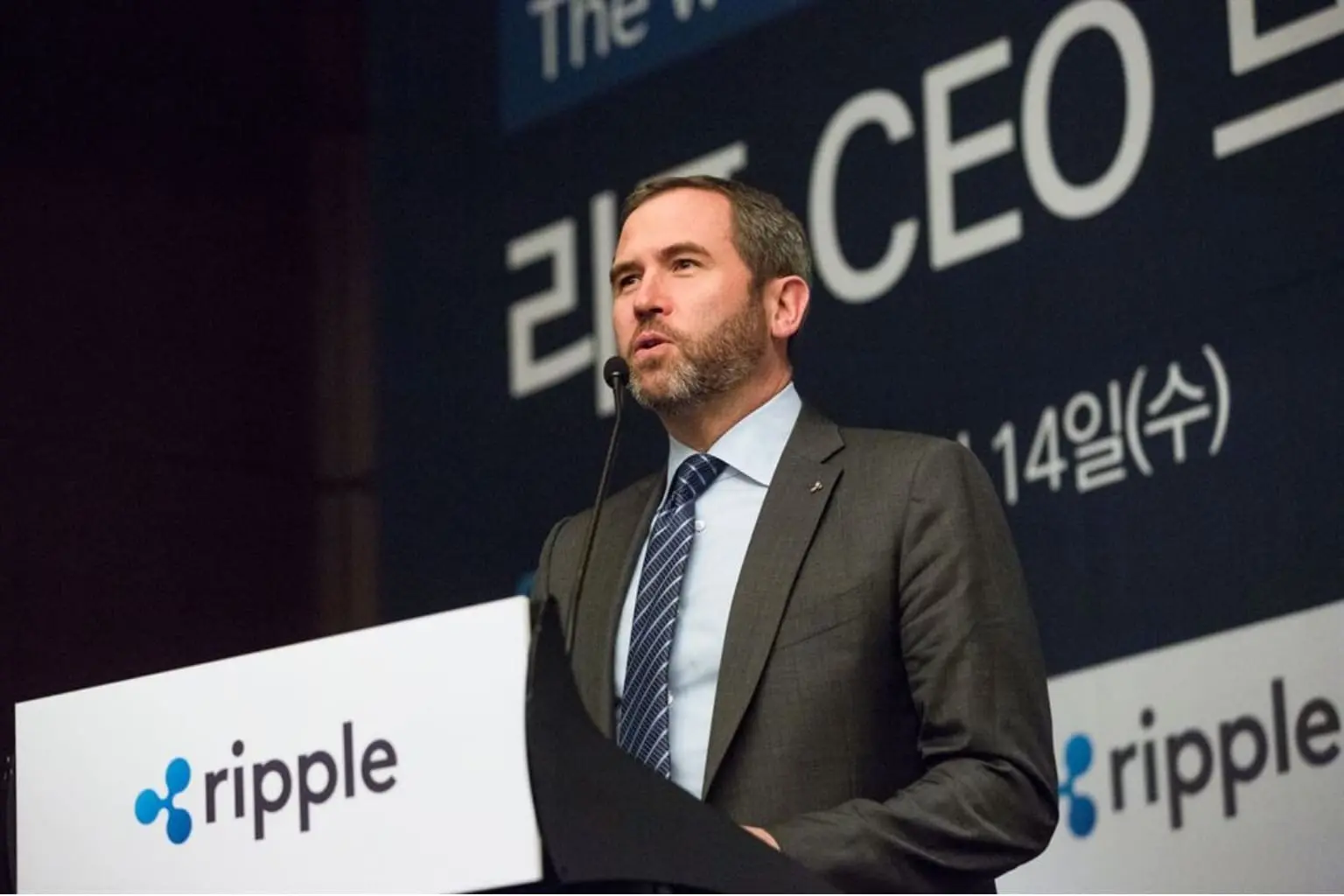As the global financial landscape continues to shift toward digitized and blockchain-based solutions, XRP has positioned itself as a go-to asset for institutions in 2025. With efficiency, predictability, and scalability at its core, XRP is gaining traction not through hype but through real-world functionality.
Popular analyst Brett Crypto on X broke down the reasons why XRP is gaining massive institutional trust. See below.
Ultra-Low Fees and Predictable Costs
One of XRP’s most compelling features for institutional investors is its extremely low and stable transaction fee. Each transaction on the XRP Ledger costs just $0.00002, and this cost remains constant even during peak network activity.
Unlike Ethereum or other gas-based blockchains that experience surge pricing during congestion, XRP’s flat fee structure offers certainty. Even if XRP’s price were to rise to $1,000, the fee would remain just 0.00001 XRP. For financial institutions managing thousands of transactions daily, this predictability is a major advantage.
Ripple News: Why XRP Is Winning Institutional Trust
Let’s dive into what makes XRP the go-to choice for institutions in 2025. Spoiler: It’s all about speed, cost, and scalability.
🧵
1/
Ultra-low Fees
Each XRP transaction costs just $0.00002 — and that fee stays consistent even…
— Brett (@Brett_Crypto_X) May 17, 2025
Also Read: Ripple Uses XRP Ledger to Boost Colombian Farmers With Crypto-Powered Credit
No Incentive Games, No Mining Overhead
XRP’s architecture forgoes traditional proof-of-work or proof-of-stake mechanisms. It doesn’t rely on mining or validator incentives, which often lead to fee spikes and energy inefficiencies. Instead, it uses a consensus protocol that keeps the network secure and lightweight, making it an appealing solution for high-volume institutional use.
This design removes the need for economic incentives that can distort network behavior — a unique contrast to other blockchains that rely on variable validator rewards and network competition.
Lightning-Fast Settlements
Speed is another key feature. Transactions on the XRP Ledger typically settle in under three seconds. There’s no need to wait for multiple confirmations or block competition, as seen on Bitcoin or Ethereum. This makes XRP ideal for real-time financial applications like cross-border payments, remittances, and settlement services.
Deflationary Model Built In
Every transaction on the XRP network burns a small amount of XRP — precisely 0.00001 XRP — permanently removing it from the total supply. This mechanism discourages network spam and adds a deflationary aspect to the token’s economy. For institutions considering long-term utility, this built-in deflation adds a layer of value preservation and scarcity.
Engineered for Scale
XRP is built for throughput. The network currently handles up to 1,500 transactions per second (TPS) and can scale well beyond that without performance degradation. While other networks often falter under pressure, XRP maintains consistent performance, a necessity for enterprise-level applications.
Cross-Border Advantage
Another major reason for institutional interest is XRP’s ability to facilitate cross-border transfers without the need for pre-funded nostro accounts. This drastically reduces liquidity costs and operational complexity for financial institutions operating globally.
With real-time confirmations, low fees, and high scalability, XRP offers a viable infrastructure for financial operations at scale.
Real-World Utility Over Hype
As one commentator succinctly put it, “No one wants to pay $30 to send $30.” This practical reality is why institutions are increasingly turning to XRP. It wasn’t designed for speculation — it was engineered for efficiency. In a sector often driven by narratives and volatility, XRP is building its reputation on performance and utility.
Conclusion: A Token Designed for Institutional Scale
XRP continues to demonstrate that it was built not just for retail speculation, but to meet the demands of the next generation of global finance. Its combination of speed, low fees, and scalable architecture makes it a serious contender for institutional adoption in 2025 and beyond.
As digital payments continue to evolve, XRP’s position at the forefront of blockchain-enabled financial infrastructure appears increasingly secure.
Also Read: Ripple-SEC Settlement Stalled by Shocking Court Error — What Happens Next?
